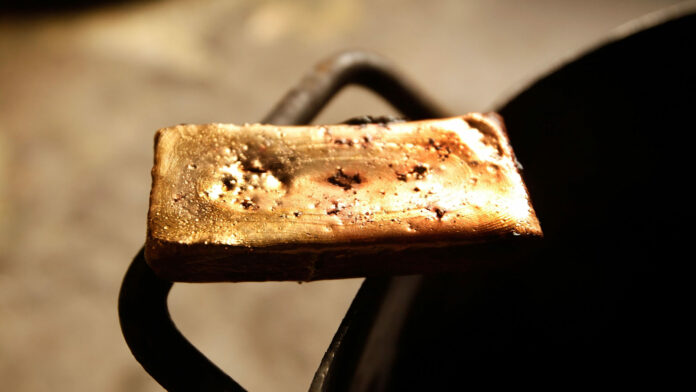
SIBANYE-Stillwater is to considering reopening its Burnstone gold project in Mpumalanga province following an improvement in the gold price.
“We are reconsidering it,” said Neal Froneman, CEO of Sibanye-Stillwater. “We have strengthened our balance sheet. It is a good quality mine, it is shallow, you can see our gold portfolio is adding to our revenue, so we are rethinking of a restart.”
Sibanye-Stillwater’s gold division shot the lights out in 2024. Mostly assisted by the improvement in the dollar price of the metal adjusted Ebitda increased to $323m from $193m in the previous financial year. Of these earnings, $206m was registered in the second half of the year hinting at additional leverage in recent gold price gains.
Asked if Sibanye-Stillwater would take on a partner, as it suggested in might earlier this year, Froneman said: “It is a very valuable asset. We are quite happy to do on our own.
“It is not large amounts of capital [to develop the project] in the big scheme of things. The mine is very developed. It is about developing the orebody to get it into production.
“We haven’t done the work yet, but I would be disappointed if in the next six months we were into the project again.”
Burnstone was initially developed by Great Basin Gold, a Canadian firm, before it was abandoned. The project was bought by Sibanye-Stillwater which shut the mine again just as the platinum group metal markets turned downwards. At the time of its last shut, Sibanye-Stillwater was facing residual capital expenditure of about R2.4bn.
“We will come to the market with on new information on the project,” said Froneman.
Increased geopolitical concerns and worries about the possibly inflationary effects of US president Donald Trump’s trade war threats has sent gold to greater heights this year after a record-breaking 2024. Central banks also resumed significant buying in the fourth quarter.
“Until we see clarity on the US policies, both trade-related and economic, it will create an environment for increased levels of gold volatility,” said Joseph Cavatoni, senior market strategist for North America at industry lobby the World Gold Council.
“So, while we might see a $3,000 gold price, we expect there could be ongoing movements that bring us back below,” he said.
“Its surge reflects a combination of ongoing central bank buying to diversify away from the dollar, safe haven demand and positive momentum driving more buyers,” Shane Oliver, head of investment strategy at AMP in Sydney told Reuters last week.










